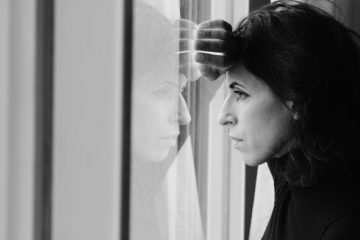Diana Kwon in Scientific American:
 Humans boast a rich trove of words to express the way we feel. Some are not easily translatable between languages: Germans use “Weltschmerz” to refer to a feeling of melancholy caused by the state of the world. And the indigenous Baining people of Papua New Guinea say “awumbuk” to describe a social hangover that leaves people unmotivated and listless for days after the departure of overnight guests. Other terms seem rather common—“fear,” for example, translates to “takot” in Tagalog and “ótti” in Icelandic. These similarities and differences raise a question: Does the way we experience emotions cross cultural boundaries?
Humans boast a rich trove of words to express the way we feel. Some are not easily translatable between languages: Germans use “Weltschmerz” to refer to a feeling of melancholy caused by the state of the world. And the indigenous Baining people of Papua New Guinea say “awumbuk” to describe a social hangover that leaves people unmotivated and listless for days after the departure of overnight guests. Other terms seem rather common—“fear,” for example, translates to “takot” in Tagalog and “ótti” in Icelandic. These similarities and differences raise a question: Does the way we experience emotions cross cultural boundaries?
Scientists have long questioned whether human emotions share universal roots or vary across cultures. Early evidence suggested that, in the same way that primary colors give rise to all of the other hues, there was a core set of primary emotions from which all other feelings arose. In the 1970s, for instance, researchers reported that people in an isolated cultural group in Papua New Guinea were able to correctly identify emotional expressions in photographed Western faces at rates higher than chance. “This was largely taken as evidence that people around the world could understand emotions in the same way,” says Kristen Lindquist, an associate professor of psychology and neuroscience at the University of North Carolina at Chapel Hill. But more recent studies have challenged this idea. Work from a variety of fields—psychology, neuroscience and anthropology—has provided evidence that the way people express and experience emotions may be greatly influenced by our cultural upbringing. Many of these studies have limitations, however. Most have either looked only at comparisons between two cultures or focused on big, industrialized countries, says Joshua Jackson, a doctoral student in psychology at Chapel Hill. “We haven’t really had the power to test [the universality of emotion] on an appropriate scale.”
More here.
